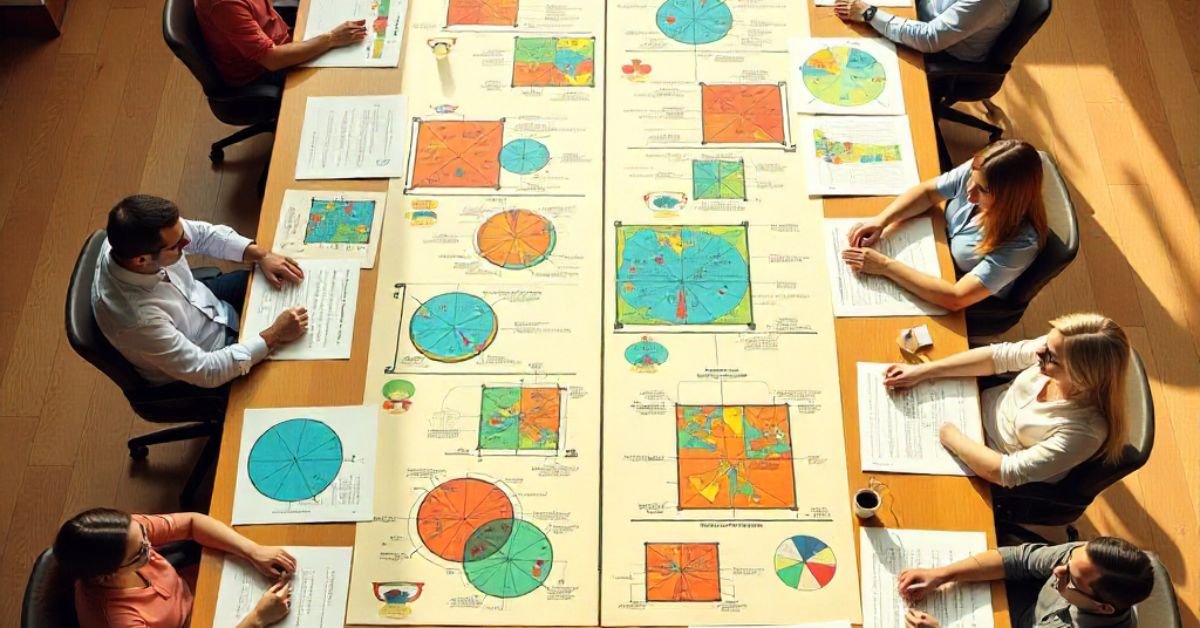Unlocking Insights with Big Charts When it comes to analyzing the stock market, big charts are an essential tool. They provide a visual representation of market trends, allowing you to identify patterns and make predictions. The Wall Street Journal market data is a great resource for accessing big charts and staying up-to-date on market movements.
Understanding Market Trends with Big Charts
So, how do big charts help us understand market trends? By analyzing historical data, you can identify patterns and correlations that can inform your investment decisions. For example, a big chart of the S&P 500 index can help you see how the market has performed over time and make predictions about future trends.
Big House Seating Chart: A Unique Application of Big Charts
But big charts aren’t just limited to finance. Imagine you’re planning an event at a large venue, like a stadium or concert hall. A big house seating chart can help you visualize the layout and make informed decisions about ticket sales and event planning.
WSJ Markets: A Trusted Source for Market Data
When it comes to staying informed about market trends, the WSJ markets section is a trusted resource. With up-to-date information and big charts, you can stay ahead of the curve and make informed decisions about your investments.
The Benefits and Risks of Using Big Charts Unlocking Insights with Big Charts
So, what are the benefits and risks of using big charts? On the one hand, big charts can provide valuable insights and help you make informed decisions. On the other hand, there’s a risk of misinterpreting data or relying too heavily on charts. It’s essential to use big charts in conjunction with other analysis tools and techniques.
Real-Life Example: Using Big Charts to Inform Investment Decisions
One investor shared their experience with big charts: “I was considering investing in a particular stock, but I wanted to get a better sense of the market trends. I used big charts to analyze the stock’s performance over time and identified a pattern that indicated a potential downturn. I decided to hold off on the investment, and it ended up dropping significantly. Big charts helped me avoid a costly mistake!”
FAQs
Q: What is a big chart?
A: A big chart is a visual representation of data, often used to analyze and interpret trends.
Q: How do I create a big chart?
A: You can create a big chart using various tools and software, such as spreadsheet programs or specialized charting software.
Q: What are some common applications of big charts?
A: Big charts are commonly used in finance, business, and economics to analyze market trends, track performance, and make informed decisions.
Q: How can I use big charts to improve my decision making?
A: By analyzing big charts, you can identify patterns and trends, and make more informed decisions about investments, business strategies, and other critical areas.
Conclusion
In conclusion, big charts are a powerful tool for data-driven decision making. By providing a visual representation of data, big charts can help you identify patterns and trends, and make informed decisions. Whether you’re an investor, business owner, or simply looking to improve your decision making, big charts are an essential tool to have in your toolkit.
CLICK HERE FOR MORE BLOG POSTS
MOBI ROLLER is a tech enthusiast with a background in technology. He writes about the latest trends, tools, and innovations in the tech world, sharing insights based on both knowledge and experience.

